Life on Grindstone Island in the 1930s – 1940s
by: Manley L. Rusho
Weekdays, there was a routine that never changed; out from the warm bed under the feather-tick cover, we emerged to put feet on the cold floor, grabbed the clothes we had shed the night before, and ran down the stairs, to huddle close to the stove in the living room. The stove was a rounded thing with a large door in the front, not solid; it had a sliding draft that regulated the amount of air that passed over the large chunks of wood that had smoldered all night. My father opened the draft door under the grates that supported the smoldering wood. The blast of air upward brought flames to the wood, a roaring hot fire – nothing could be better!
Looking back, every home on the Island had the same heating arrangement; a large round stove in the living area, while in the kitchen there rested a large range with the oven in the middle, a water tank on the end opposite to the firebox. Above the stove surface, a space with doors that provided the perfect warming place for drying cold, wet, mittens.
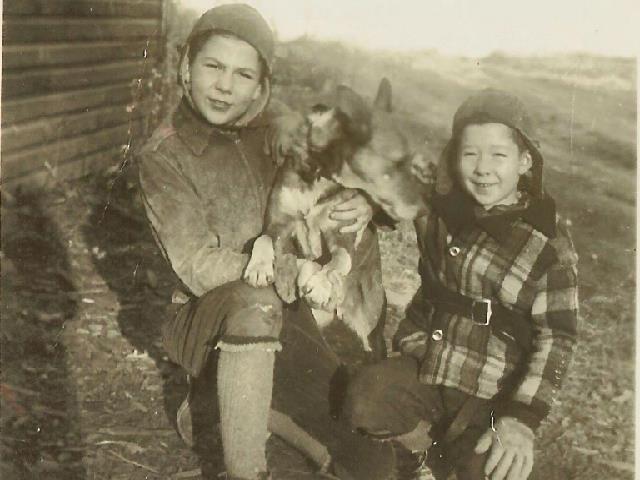
Both stoves had ash pits and the kitchen stove had a door that opened to expose an inner door that opened directly into the firebox and the lower door exposed the ash pit; both stoves had movable grates connected to a square shaft that protruded outside of the fire pits. Each stove had a crank; you inserted the crank over the square shaft, then turned the crank to empty the ashes from the fire pit. The kitchen stove was a Round Oak brand; had an oblong steel pan, which used a small flat shovel to put the ashes into metal pail.
Around 1939, maybe 1940, a big hotel in Alexandria Bay was torn down. I remember very clearly going to the Bay with my father and purchasing a bathtub, a toilet, and a small sink. A large amount of pipe came with the deal. My father took it all home to the island and installed it in a corner of the living room. He built a wall with two doors, enclosing a bathroom and a bedroom, so we now had real indoor plumbing!
There was a room off the kitchen that provided us with a place to wash up, and to put on the heavy coats before we went off to the barn for chores. There were cows to be fed and to be milked, although in mid-winter, only one. There was loose hay to be pitched down from the hay mound, through a hay chute built into the mound itself that ended in a hole cut for that purpose in the mound floor.
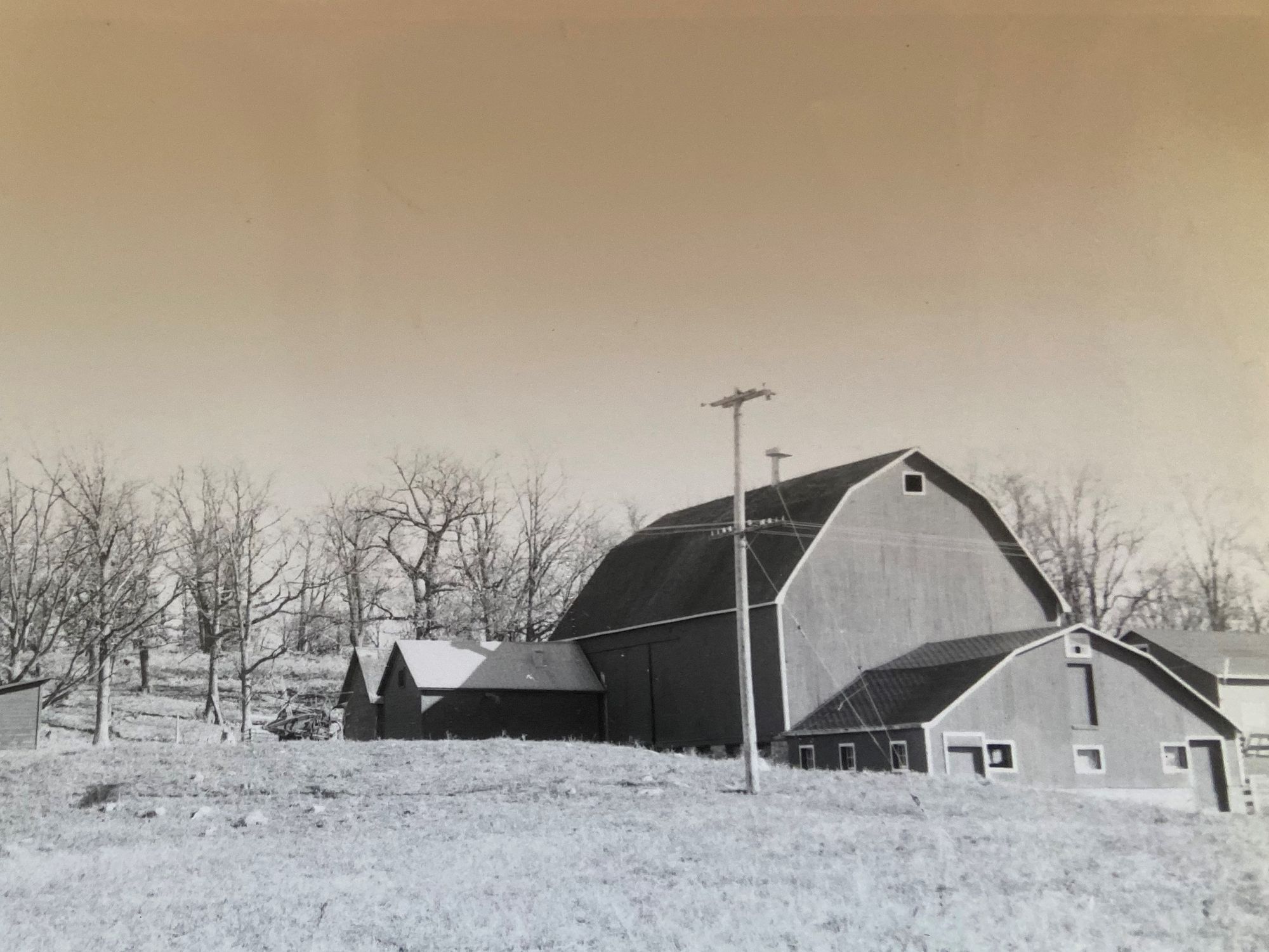
In March, the birthing of the calves started, so now there were many cows to milk, and calves to feed. The calves drank from a pail and the milking was done by hand. It would all take about an hour or a little more. Then on the way back to the house, we paused at the wood pile to pick up an armful of split black oak that had been split the afternoon before. We carried it to the house, with some of the wood put inside a small shed attached to the house, the remainder placed next to the kitchen stove. We would get out of our barn clothes, put on our school clothes, and eat breakfast.
Yes, this is how I remember life on Grindstone Island.
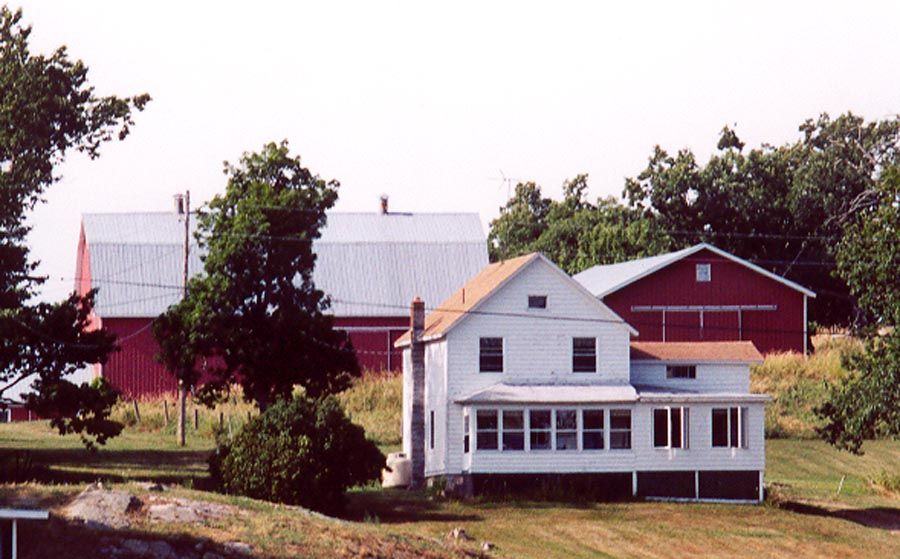
By Manley L. Rusho
Manley Rusho was born on Grindstone Island nine+ decades ago. Back in 2021, Manley started sharing his memories with TI Life. (Manley Rusho articles) This Editor and his many friends wish him continued good health - winter is a tough time so we are thinking of you Manley. And we thank you, most sincerely, for sharing - as the life and times on Grindstone Island are special and should never be forgotten.



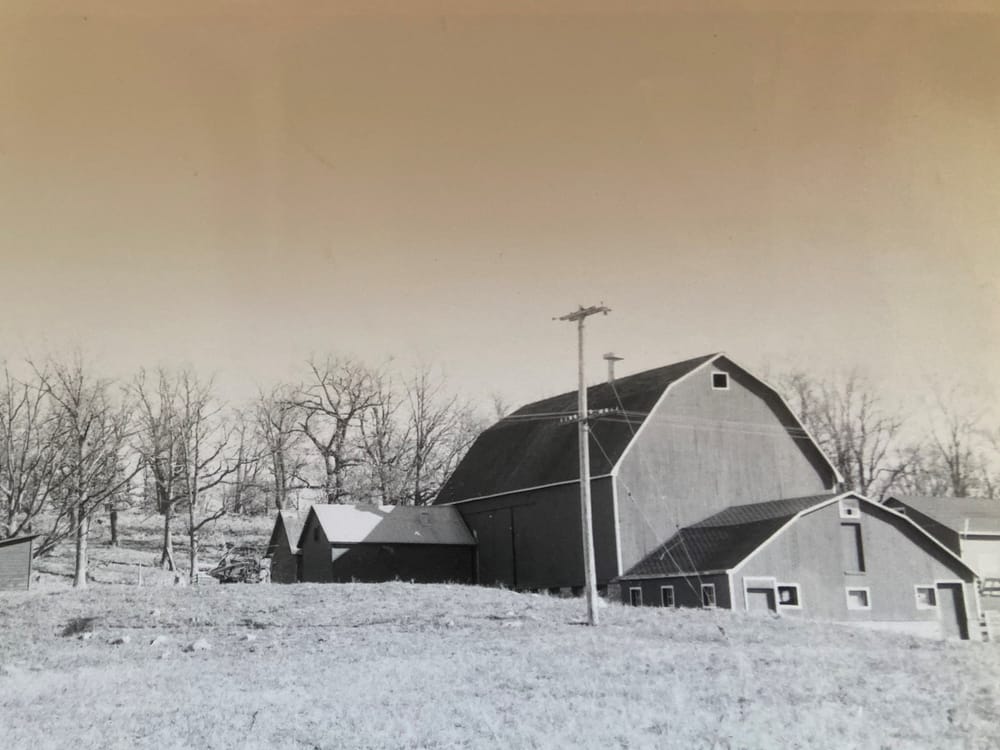

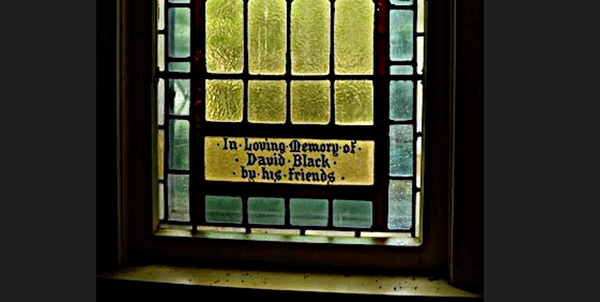
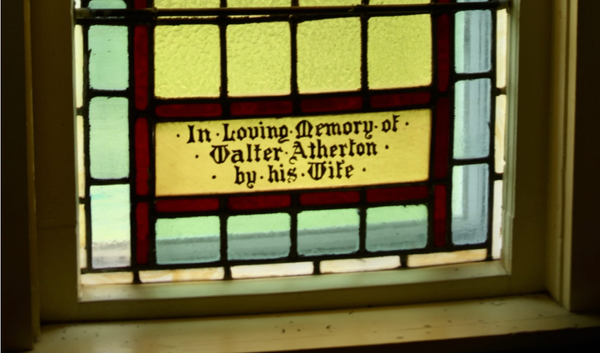
Please click here if you are unable to post your comment.